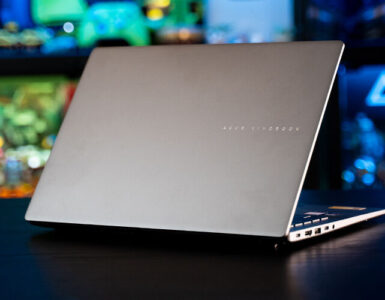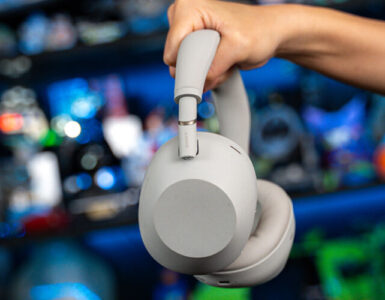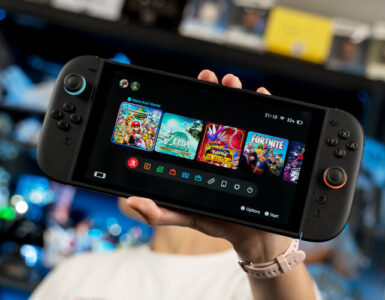The general mantra behind Google’s Pixel range of smartphones is to showcase the best of what Android can offer to the masses like the Google Pixel 8 Pro, and who better to do so than the folks who developed it to begin with? With many alternatives in the market, from Korean tech giant Samsung’s own Galaxy S23 Ultra flagship device, to those by Chinese handset makers Xiaomi and Oppo, the Android ecosystem has a rich flavour of variants to appeal to any consumer out there, but it also means differing user experiences.

In this case, variety can be a double-edged sword. The fragmented nature of the Android ecosystem might be viewed unfavourably by some, and this is where Google comes in with a focus on the experience sans interference. Still, the need to showcase the best of the ecosystem with the latest Pixel 8 Pro illustrates how the platform might be at a crossroads, especially as it continues to embrace the big buzzword of the day — AI, or artificial intelligence.
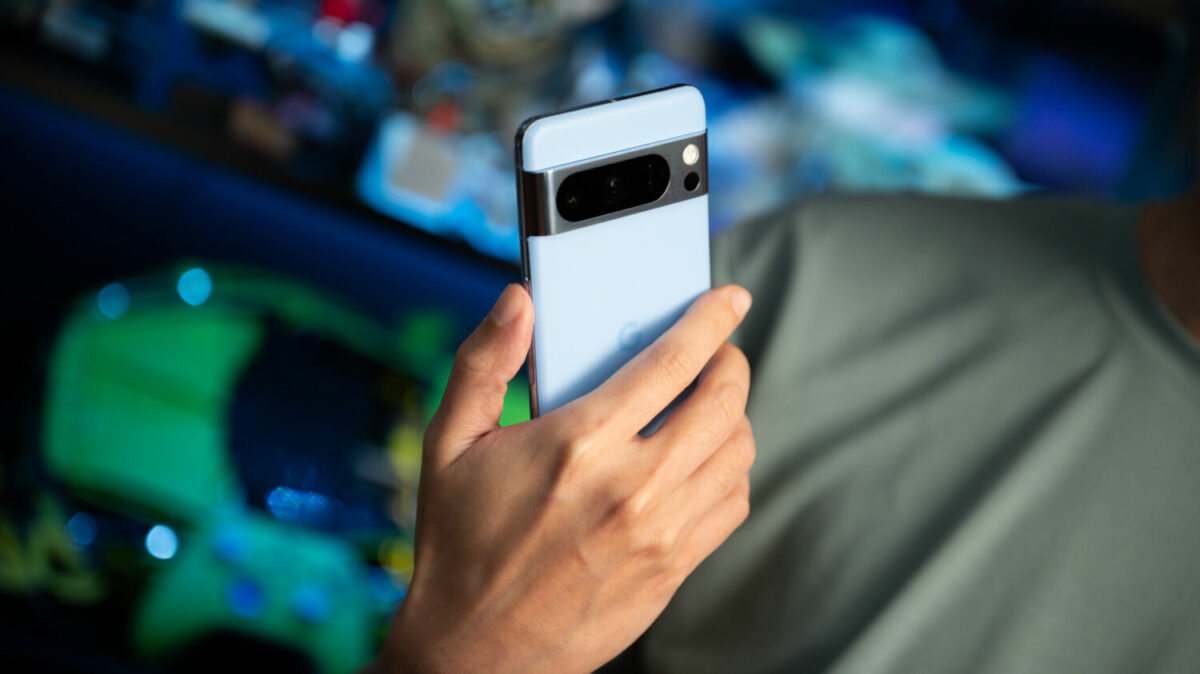
Here’s the thing, though. AI has actually been at the heart of many tech devices and Pixel phones since the Pixel 4 in 2019, working hard to optimise both hardware and software by offering the best battery life, app management, and visual tweaks to their photos. With the new Pixel 8 Pro, these features are now pushed to the forefront with most of the phone’s improvements found under the hood, prompting the question: if everyone is touting AI and machine learning, what differentiates a flagship from another?
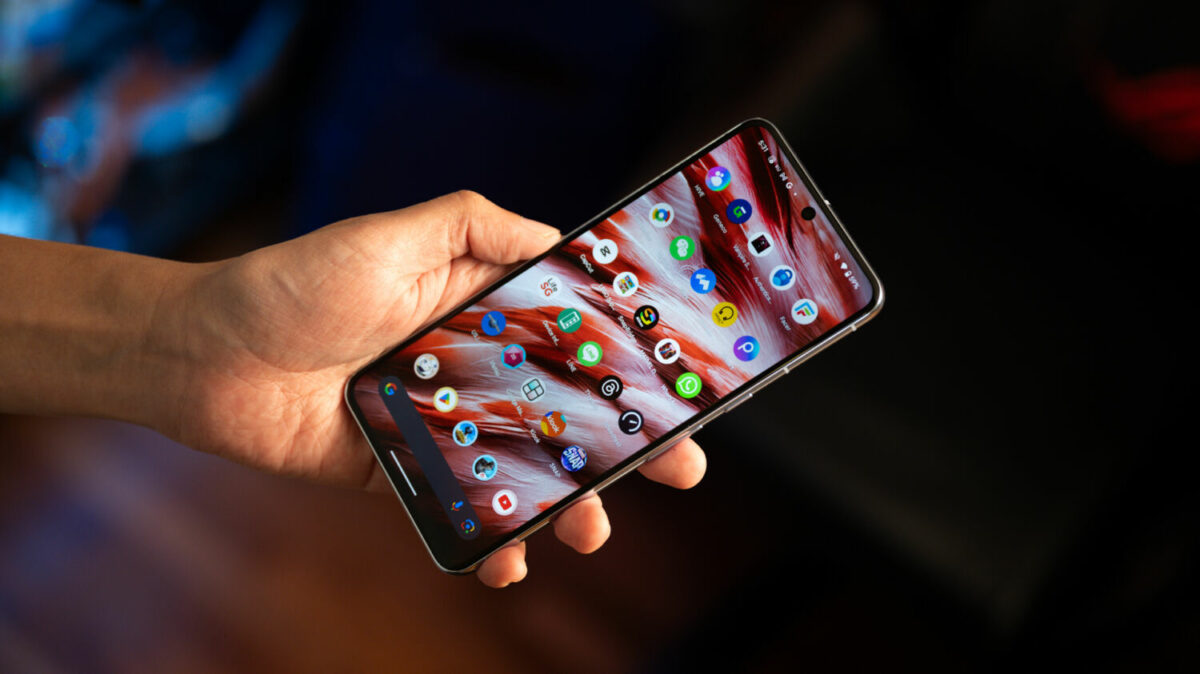
The distinction is clear from an aesthetic viewpoint, at least. Google’s latest inherits the same metal strip that runs across its rear, where three camera lenses come together to form a cohesive unit. After a year of use on the earlier Pixel with a case on, the silver strip has avoided any major visible scratches, so we should expect the Pixel 8 Pro to hold up similarly. As with all current offerings with superior cameras that are thicker than the device body, the camera module continues to protrude out, so the phone is unable to lie flat on a table. With the official Pixel case, however, it’s but a small concern.
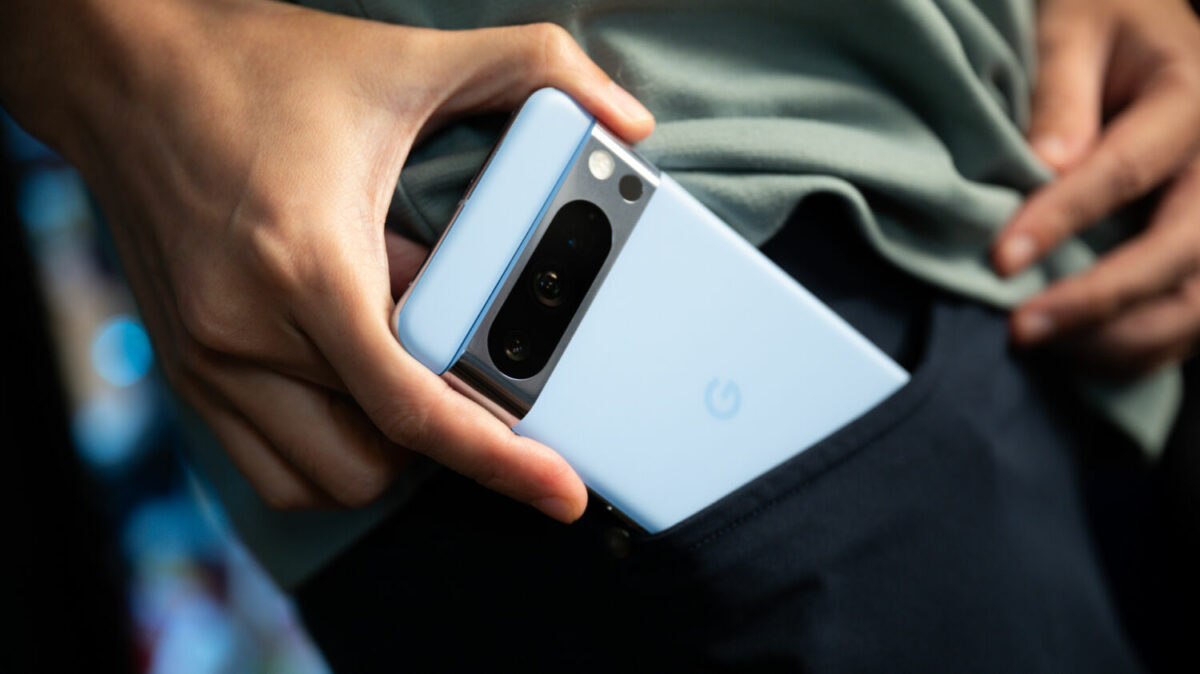
On the front, the Pixel 8 Pro boasts a Super Actua OLED 120Hz 6.7-inch display with 1344 x 2922 resolution that looks great even under direct sunlight. Instead of a curved edge that used to be the rage, Google has opted for a flat-edged screen here. Housed in a 162.6 x 76 x 8.8mm body and weighing 213g, the Pixel 8 Pro is almost identical in form to last year’s Pixel 7 Pro.
In hand, both phones feel similar, with the the volume rocker and power button now placed on the right. The buttons feel a lot more tactile as compared to the Pixel 7 Pro, which had a mushier touch, so this is a good change. Held firmly, the Pixel 8 Pro offers a good grip due to the new glass back that comes in a matte finish, with a soft powdered texture to help keep the phone safe in clumsy hands.

From our experience in using the Pixel phones for capturing social media content, there have always been issues with image quality when uploading videos and photos to Instagram and TikTok. The same runs true here, where uploaded content appears to be compressed on Instagram — despite looking great on the phone. It isn’t an issue we’ve seen on the Apple iPhone 15 models or the Samsung Galaxy S23 range, and it sets the Pixel Pro 8 back, as good quality is extremely important in content creation space, which continues to be increasingly competitive.











Outside of that, images and video taken by the Pixel 8 Pro look excellent and Google has been able to maintain that standard. Packing a main 50MP Octa Precision Design (PD) wide camera, a 48MP Quad PD ultrawide camera, and a 48MP Quad PD telephoto with 30X Super Res Zoom, the cameras are aided by the company’s new Tensor G3 processor to handle not only general photography, but also the new “Best Take” and “Magic Editor” features which lean heavily into AI prowess.

If you’ve ever wanted to get the perfect group shot with your friends, spamming that shutter button is now a valid tactic now, as Best Take draws on all the captured photos to assemble the best possible image. As much as we pushed the feature to give us the worst possible permutation of shots, the phone continued to lead us down the optimal, correct photo combination.
This means the Pixel 8 Pro opts for shots where the camera can capture everyone’s faces clearly, and prevents users from selecting shots that were intentionally framed wrongly. Sadly, our Jigsaw doll could not be detected, so there are limitations when it comes to non-human or partial human face options.
Here’s our composite shot for reference:

For the best results, Google recommends five as the optimal number of friends in a group shot.

Given that generative AI is currently the most visible implementation of smartphone camera technology, the Pixel 8 Pro’s Magic Editor tool is a pleasant surprise for folks who want to achieve perfection in their photos. Being able to remove objects from the background and reframe subjects is certainly useful to have without Photoshop. Compared to the earlier Magic Easer feature, Magic Editor processes the removal of objects faster but we’re not quite certain if the onboard Tensor 3 processor is doing most of the work.
Have a look at the final image below, where the subject is moved to the left with AI filling up the space on the right:
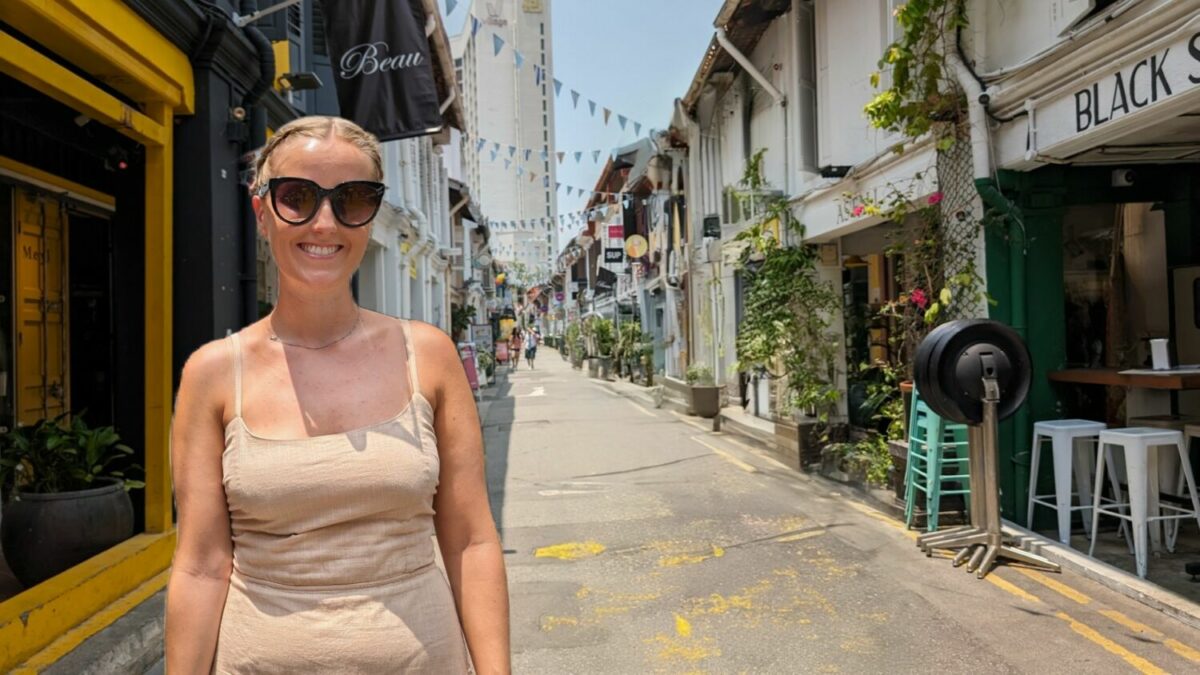
Nifty it may be, the Magic Editor isn’t perfect — for it to work, Google needs to tap into an active Internet connection. While we understand this helps with processing speeds by tapping into resources provided by the cloud, it does give the impression that the Tensor 3 is insufficient to meet Google’s AI ambitions.
Additionally, all images have to be uploaded first onto Google Photos, which eats into precious storage space. For long-time Pixel users, the removal of unlimited Google Photo free storage still stings, and the quiet removal of Pixel Pass (where users received access to a paid subscription of a 200GB Google One plan with automatic photo backup, YouTube Premium, YouTube Music Premium and Google Play Pass) means the monetisation of your memories is getting more expensive.
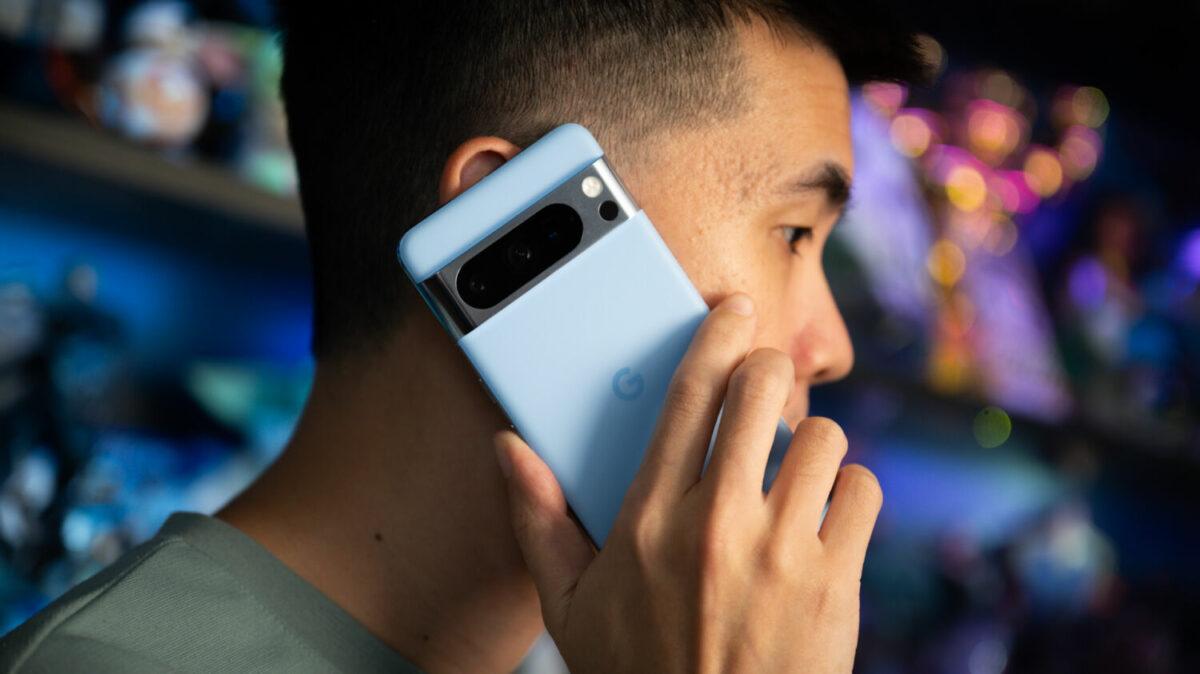
With travelling back on the cards, Google’s AI features in the arena of translation are first-class. Being able to translate on the fly with Google Translate for spoken and textual translations on Google Keyboard are examples of how the tech has matured over time, allowing users to speak and text without skipping a beat.
With the help of the AI-enabled Clear Calling feature which was available last year, conversing using the phone’s microphone has never been more seamless, with the listener able to hear clean and sharp audio even against a noisy, busy background. Alas, this audio clarity doesn’t extend to Google’s family of communication apps including Google Meets, or any of the third-party apps used for recording voiceovers, which is a wasted opportunity considering how Google Keyboard works well across of variety of messaging apps.
For gamers wondering if the Pixel 8 Pro can keep up with the demands of modern gaming, the answer might not be what you’re seeking. With even Intel tapping onto the power of AI to help push out extra frames and improve overall gaming performance, the Tensor 3 faced occasional struggles in handling more GPU-intensive titles like Genshin Impact and Honkai: Star Rail.
The performance should have been better, considering this is Google’s flagship device. The best option now for gamers looking for an upgrade would be to wait it out and see if device-specific optimisations roll out post-launch. It’s quite the pity, as the display is one of the best we’ve seen on a smartphone, and would have been a pairing made in tech heaven if the gaming performance matched its quality.
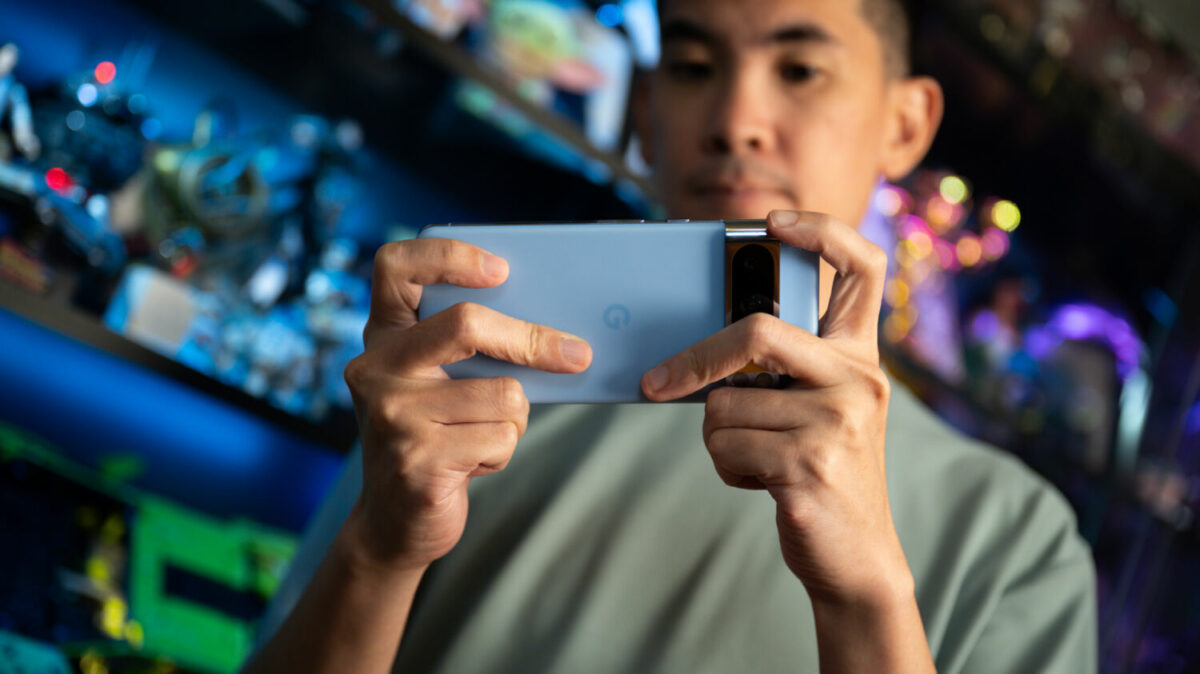
With all the AI and cloud processing thrown into the mix, the Google Pixel 8 Pro’s battery seems to have taken a hit and falls short of other flagship devices — and even its predecessor — on initial use. Housing a 5,050-mAh battery, the device can last through the day, but can run hot and become uncomfortable to hold under heavy load. The phone’s battery was down to 40 percent by 1 pm from full charge at 7 am after being primarily used for texting, responding to emails, and surfing social media. This is comparable to the Pixel 7 Pro after a year of use, which doesn’t strike us as an improvement from year to year, so that’s something to take note for heavy phone users.
Starting from S$1,549 for the 128GB model, the Google Pixel 8 Pro is S$250 more expensive than its predecessor, and there are not many reasons to justify this increase, even with the new AI tools — especially since its best Magic Editor update requires a connection to the Internet.
Google’s foray and leaning into AI for the Google Pixel 8 Pro is best described as an inconsistent experience and packed with caveats. While we’d have to show grace towards features that are new to the market, the Pixel 8 Pro needs to hold itself to a higher standard as it ultimately represents the best of the Android ecosystem. At its core, the phone offers an excellent experience, but lacks the defining feature that makes it a must-buy for Android aficionados.
GEEK REVIEW SCORE
Summary
If a phone upgrade is in order the Google Pixel 8 Pro is still a good pick but if you can hold out for the inevitable Pixel 8a, it would be a great decision to get the phone’s features but at a fraction of the cost.
Overall
8/10-
Aesthetics - 9/10
9/10
-
Build Quality - 9/10
9/10
-
Performance - 7/10
7/10
-
Value - 7/10
7/10
-
Geek Satisfaction - 8/10
8/10
Gerald currently straddles between his love of video games and board gaming. There’s nothing that interests him more than trying out the newest and fanciest gadget in town as well. He dreams of publishing a board game sometime in the future!

